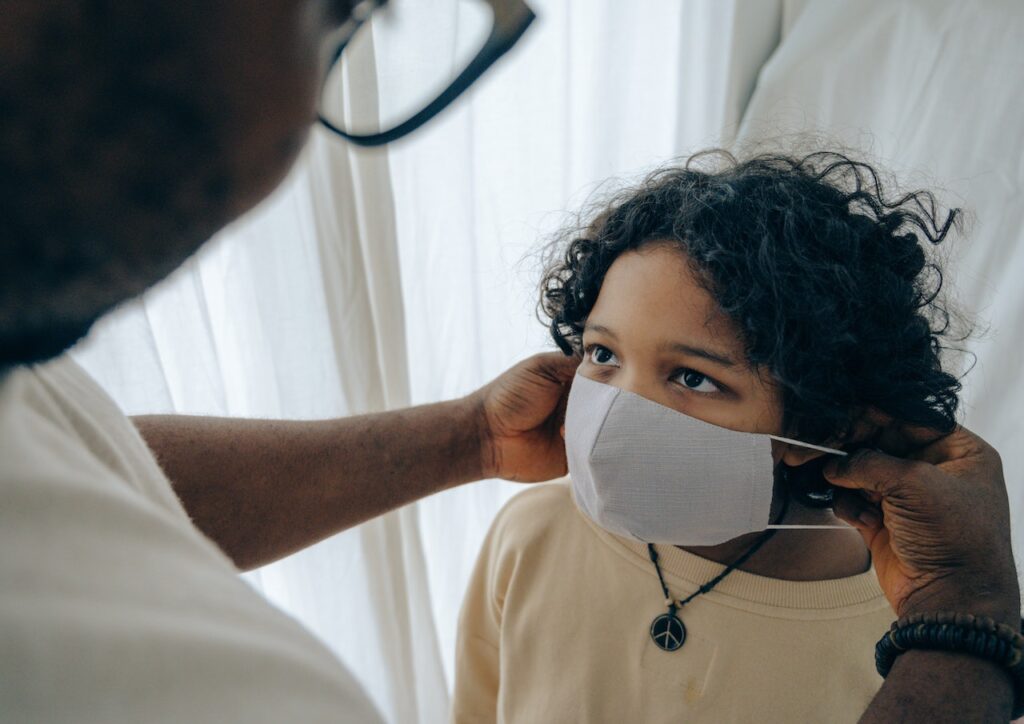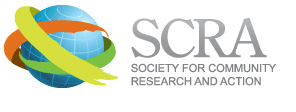Submitted by: Nicole Summers-Gabr
Highlights
Hospitals, public health, and policy makers seek to reduce health disparities.
____
Community Health Needs Assessments can be more representative of the population to ensure that the data used to make decisions includes populations with the greatest need.
Hospitals across the country have the power to improve health equity but need better community-level data on health disparities to prioritize their spending. Typical demographic sources disproportionately represent only subsets of the population, leaving out many high needs patients. The Patient Protection and Affordable Care Act of 2010 stated that to maintain tax-exempt status, hospitals must complete a Community Health Needs Assessment (CHNA) every three years. The U.S. Internal Revenue Service (IRS) has put requirements in place to complete this process, but the language provides room for flexibility.
“The data being used to prioritize community health concerns are disproportionally white, college-educated, English-speaking, and from those with Internet access, which means that money may be disproportionally invested into those populations and not servicing populations that may need it most.”
We analyzed the quality of CHNAs and described existing CHNA practices in four ways: (1) identified the type of data included; (2) examined the frequency in the methods of data collection; (3) understood how representative those data were of the hospital’s service region; and (4) explored to what extent the hospital addressed diversity and inclusion such as through recruitment.
Through better methods, both urban and rural communities could see a stream of funding invested into their most pressing issues such as substance use, suicide ideation, or obesity. By improving and diversifying partnerships within the communities, the CHNAs can better capture the underlying social determinants of health. With approximately 105 billion dollars[1] estimated to be invested into this process, there is so much potential to transform communities.
Methods
We collected a stratified random sample across the country. County size was stratified by using the USDA’s Rural Urban Continuum Code which categorizes county population and proximity to metro areas into 9 categories. Fifty hospitals for each category for a total of 450 were included in the analysis making it the first stratified random sample examined in community health needs assessments. We collected methodological data from the reports such as how the survey was implemented and available to various communities.
How Did A Community Psychology Perspective Inform Your Work?
The field of Medicine should learn from or integrate Community Psychology into their community health needs assessment process. Community Psychologists have the statistical knowledge to collect higher quality data, the experience to form partnerships to integrate community voice, and the training in evidence-based programming to understand how to use that data and take action.
Results
- Most hospitals collected both primary data (68%) and secondary data (98%) to inform their CHNAs.
- When primary data was collected, the sample was significantly more female, college-educated, older, and English speaking than the true population.
- Out of the hospitals that collected primary survey data, only 22% gave nonbinary options for sexual identity.
- Out of the hospitals that collected primary survey data, only about 18% of hospitals created an alternate version in another language.
- Only 3% of hospitals collected primary data from youth.
What Does This Mean For?
Research and Evaluation: More alliances should be formed between hospitals and community partners like schools, universities, churches, and advocacy groups. By forming more partnerships with hospitals, community benefit dollars (money used for services and activities provided by nonprofit hospitals) could be a funding stream to support data collection and program implementation with communities regardless of size.
Research and Evaluation: More regulations are needed to define population-representative data collection in the community health needs assessment process. These regulations might include offering surveys in languages other than English, offering participation alternatives for individuals who do not have a good reading level, and providing ways to participate without having Internet access and computer knowledge.
Social Action: As required by IRS, hospitals must include written comments from the public on their community health needs assessment process and their implementation plan. Encourage others to view their local hospital’s publicly available report and see if there are ways you can suggest that their CHNAs are more inclusive.
Original Citation: Summers-Gabr, N.M. & Cantrall, J. (2022). One Decade Later: The Generalizability, Diversity, and Inclusion of Community Health Needs Assessments. Journal of Public Health Management and Practice, online first. https://doi.org/10.1097/PHH.0000000000001628
[1] https://www.aha.org/news/headline/2021-09-09-report-hospitals-provided-105b-community-benefits-2018



